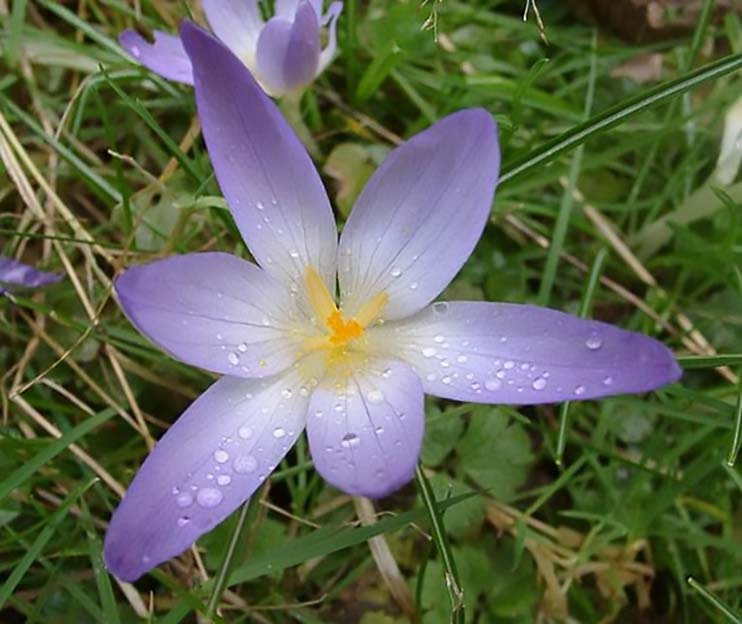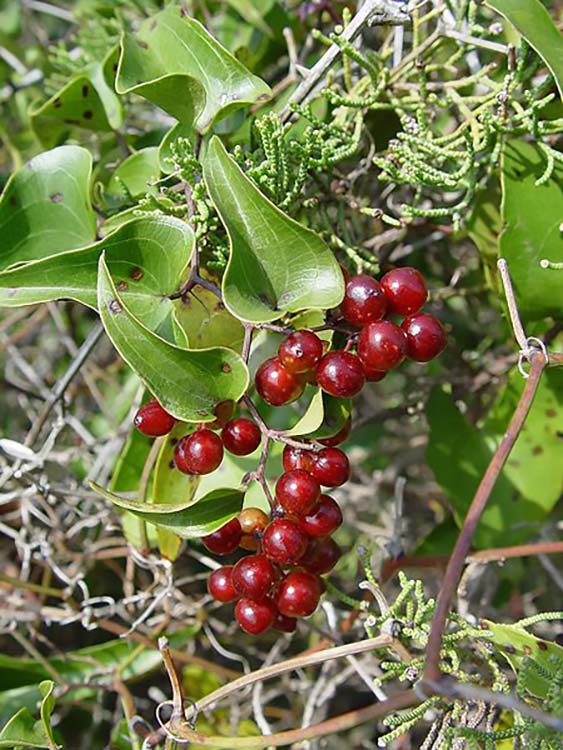
Crocus

Although Crocus (Ancient Greek: Κρόκος) is not so well known there are two variations of the Myth; and the centre themes of the myth are love and transformation.
The myth of Crocus is perhaps not as defined as other origin stories in Greek mythology but the events of the tale are considered to have occurred in either Lacedaemonia (Sparta) or Eleusis in Attica.
The most famous version of the story tells of the mortal youth named Crocus being a lover of the Messenger God Hermes. The lovers were said to be undertaking athletic pursuits when a discus thrown by Hermes hit Crocus upon the head, mortally wounding him.
The grief-stricken Hermes transformed his lover into a flower, and three drops of blood, that had fallen from the head of Crocus, became the stigmata of the flower.
This tale is so similar to that of Apollo and Hyacinth though , that they could be duplicates, and thus, there also exists an alternate version of the myth.
This alternate version of the Crocus myth though has even fewer details, but it was said that the mortal Crocus was in love with dryad nymph, Smilax.
Now whether the love offered by Crocus was unrequited, or whether it was just that mortal and nymph could not be together, depends on the version of the tale.
The gods would take pity upon Crocus transforming him into the flower, to relieve his grief, but the fact that Smilax was transformed into the thorny vine, perhaps indicates that Crocus was the rejected lover.
In his translation of Nonnos' Dionysiaca, W.H.D. Rouse describes the tale of Crocus as being from the late Classical period and little-known.
Ovid, the famous Roman poet, also created a mythology telling of a great love between the Ninfa Smilace and a young warrior called Krokus. This love was opposed by Gods to such an extent that Krokus brought suicide, making Smilace go crazy.
The gods repented of what they had allowed the two to relive in two plants, the nymph in "Smilax Aspera" with spiny branches and heart-shaped leaves, the warrior in the "Crocus Sativus" with its purple pride, but With a warm and luminous soul represented by the stimuli.

Sources
Ovid, Metamorphoses, 4. 283
Nonnus, Dionysiaca, 12. 86
Servius on Virgil's Georgics, 4. 182
Galenus, De constitutione artis medicae, 9. 4. (Corpus medicorum Graecorum, 13. p. 269)
Nonnos, Dionysiaca. With an English translation by W. H. D. Rouse. Volume I, books I - XV. Cambridge - Massachusetts, Harvard University Press, London, William Heinemann Ltd, 1940, p. 404
Grimal, Pierre. A Concise Dictionary of Classical mythology. Basil Blackwell Ltd, 1990. - p. 109
Realencyclopädie der Classischen Altertumswissenschaft, Band XI, Halbband 22, Komogrammateus-Kynegoi (1922) - ss. 1972-1973
Our Mobile Application
Check out Our Mobile Application "Ancient Greece Reloaded"


